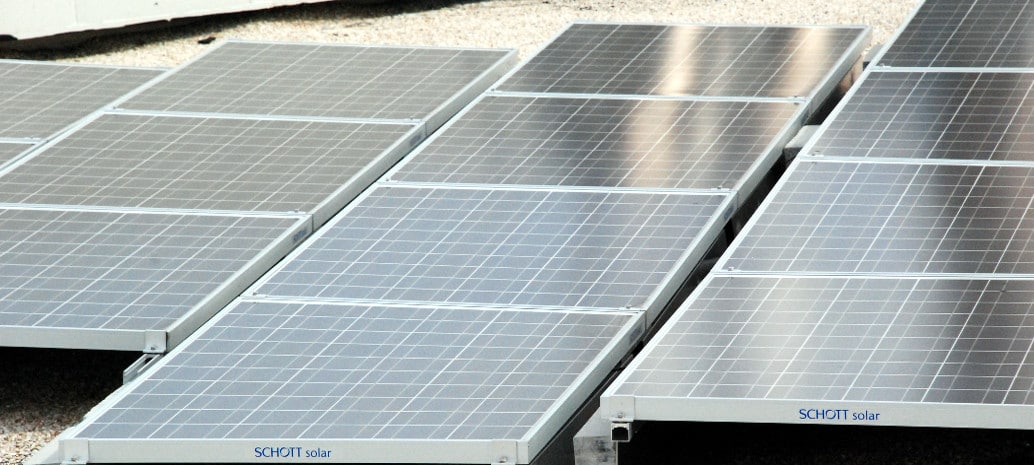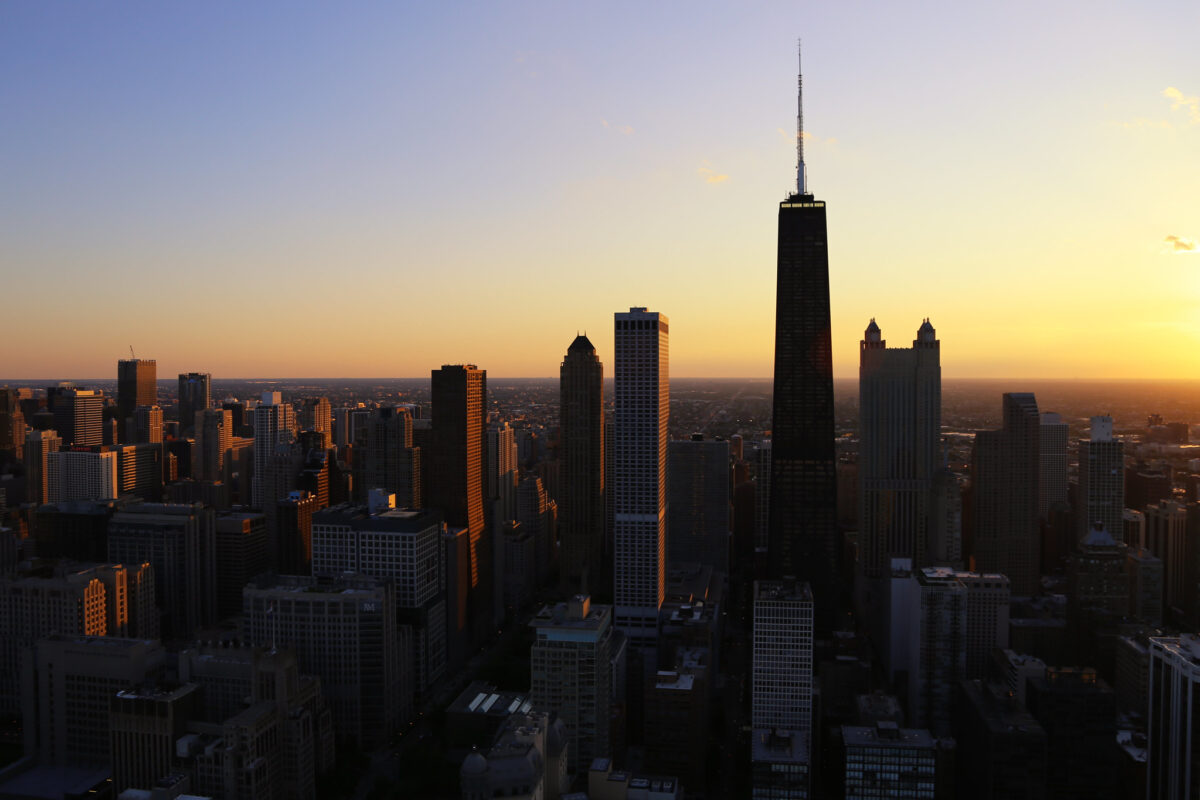Well before the rise of state markets in North Carolina and Massachusetts, New Jersey was one of the largest solar markets in the United States, and was the location of the third-largest level of new installations after California and Arizona as recently as 2012.
However, following a crash in solar renewable energy credit (SREC) prices New Jersey’s market contracted in 2013 and 2014, and fell further in 2015. And despite recovery in the first half of 2016, the latest data suggests that New Jersey’s market remains a roller coaster, with SREC prices again a prime culprit.
According to the latest report by New Jersey regulators with data through November, the state’s total solar market fell from 25-43 MW in the first six months of 2016 to 10-21 MW in the following five months. Overall New Jersey installed 198 MW during the first half of the year – more than the state installed in all of 2015 – but in the months of July through November 2016 only 90 MW was installed.
There are a couple of caveats here. December data is not yet in, which is traditionally the busiest month of the year, and New Jersey’s Board of Public Utilities warns that they are still booking installations from September through November. However, July and August numbers also indicate a slump, and even given both of these factors H2 installations are very unlikely to rise to the level of H1.
The slowdown appears to be primarily as a result of the utility-scale market, which collapsed from 94 MW installed in the first half of the year, to only 11 MW in the next five months. As before, the problem is likely SREC prices. These prices peaked at around $290 per megawatt-hour in February and again in late June, but fell to under $200 in November. SRECTrade says that this could have significant impacts on the economics of large-scale solar.
“Although there were undoubtedly a range of factors that contributed to this sudden shift, lower SREC pricing almost certainly played a central role in this change of trend,” notes the company in a blog post exploring the H2 market decline.
“When extrapolated out into the future, the extremely aggressive build rates observed in Q1 and Q2 of 2016 indicated a market that would very quickly become oversupplied as the pace of development overtook the rate of RPS growth. This expectation of future imbalance led to a precipitous decline in prices.”
The volatility of SREC prices is one factor in their falling from favor as a means to incentivize distributed solar under state renewable energy mandates. Both New York and California chose block grant incentives instead of SRECs for their distributed solar incentive programs, and following the success of the California Solar Initiative and NY-Sun programs Massachusetts has proposed moving from SRECs to block grant incentives for its latest state solar policy.
Update: This article was updated on January 2 at 9:50 AM Easter Time (U.S.) to include a clarification from New Jersey’s Board of Public Utilities that it is still booking installations for September through November.
This content is protected by copyright and may not be reused. If you want to cooperate with us and would like to reuse some of our content, please contact: editors@pv-magazine.com.









The drop in utility scale solar farms during 2016 was due to the large number of completions in the first half of the year and few projects remaining in the group of utility scale projects allowed to proceed under New Jersey’s solar legislation of 2012. Due to the length of time it takes to develop and construct a utility scale project in New Jersey, short term SREC price changes have little impact of the rate of completions of utility scale projects.